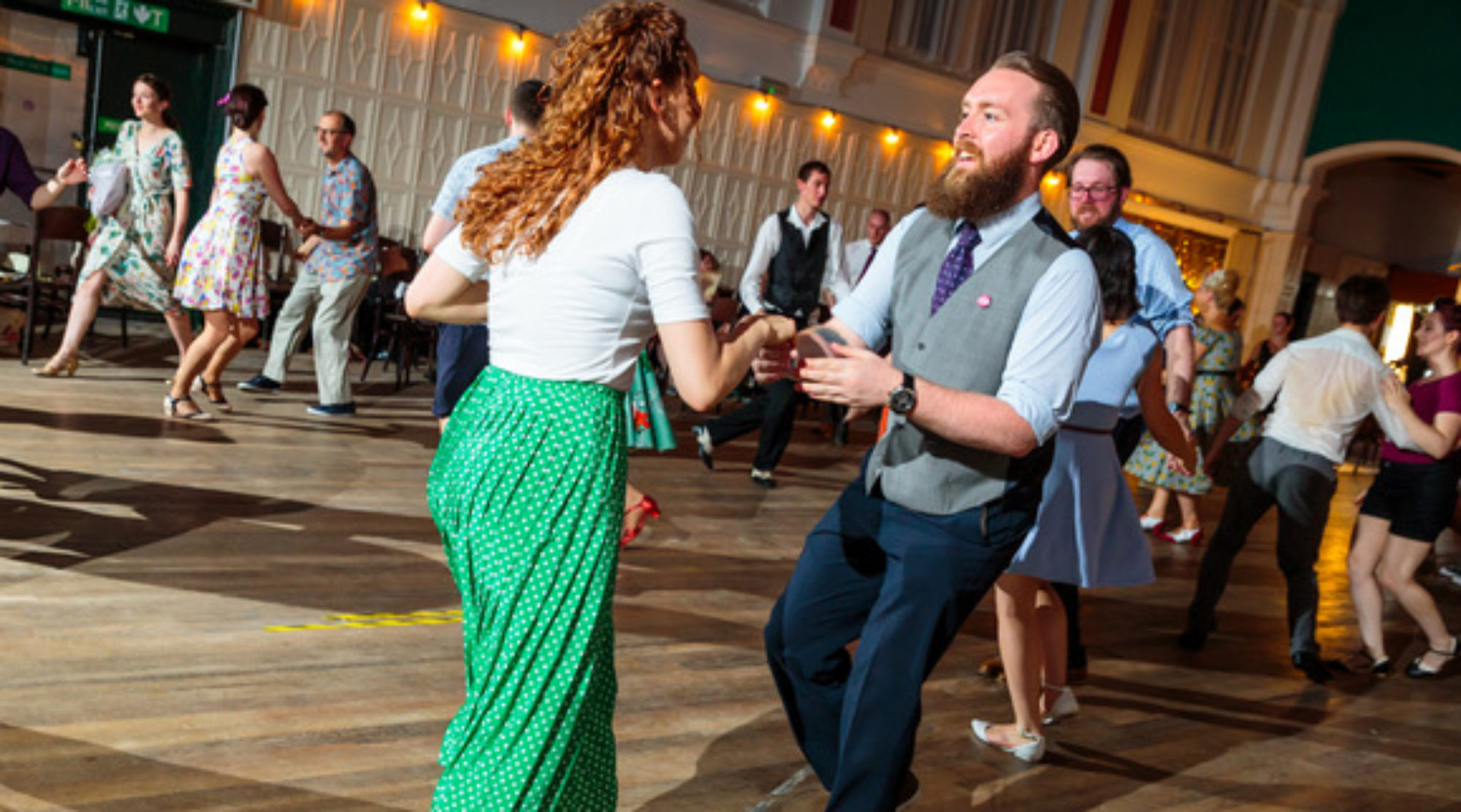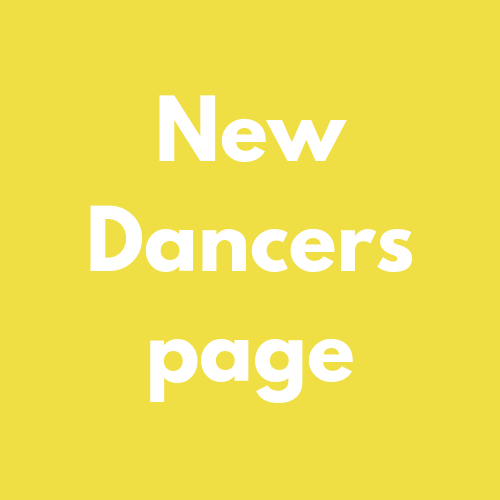You might have seen swing dancing in old films, videos or came across as performance somewhere. Most people associate swing dancing with the iconic aerials or ‘air steps’ and high energy. We’ve gathered some amazing historical photos of swing dancing for you here:
Swing dancing and jazz
All swing dance styles are jazz dances and ‘swing’ referred to the style of Jazz music called Swing music. At The Swing Era we mainly dance Lindy Hop, which is one of the four swing dances (Lindy Hop, Balboa, Collegiate Shag and Charleston).
African American Roots of Lindy Hop
Lindy Hop is an African American dance, which originates from Harlem, New York City. It was danced first in the famous Savoy Ballroom by African American dancers in 1928, and was danced throughout the 1930s and 1940s. It is said the name Lindy Hop was inspired by aviator Charles Lindbergh who ‘hopped’ the Atlantic ocean in 1927. Lindy Hop evolved from different dances, including jazz, tap, breakaway and 1920s Charleston. It used elements from African American dances and European partnered dance. The dance has different positions (open and closed) and steps.
Key dancers in early Lindy Hop
Many talented dancers have influenced the development of Lindy Hop since its early start. In the early Savoy Ballroom days dancers like ‘Shorty’ George Snowden, Mattie Pernell, Big Bea, Leroy Stretch and Little Bea pioneered when Lindy Hop first emerged. Not long after its start a new wave of dancers including Norma Miller, Frankie Manning, Al Minns, Pepsi Bethel and Leon James took the dance to another level and introduced the iconic ‘air steps’ to the dance.
Lindy Hop takes off
In the 1930s Lindy Hop entered the mainstream culture and the dance really took off. Performance groups like the well known ‘Whitey’s Lindy Hoppers’ performed some iconic routines and also made their appearance in Hollywood films. Lindy Hop made its way to Europe through International Trade shows and world exhibitions as early as the late 1920s and 1930s, and was also danced by American troops in Europe in the 1940s.
Social significance
Lindy Hop originated in a time where there were many separations between black and white people in the American society. The Savoy Ballroom was one of the few ballrooms open to people of any colour. As Frankie Manning put it, at the Savoy, “Nobody cared what colour you were—they were all looking at your feet!”
Revival
In the 1980s and 1990s a renewed interest in Lindy Hop was sparked by some amazing initiatives in California, New York, London and across Sweden to bring back the original lindy hoppers like Norma Miller, Frankie Manning and Al Minns from retirement. Old films were also reintroduced to learn about the dance, and mainstream films like ‘Swing Kids’ (1993) grew the renewed interest in Lindy Hop further. Today, Lindy Hop is danced across the globe, by dancers young and old. From local classes to big international festivals and competitions, Lindy Hop is back!
Historical legacy today
Understanding lindy hop’s history is key to dancing this dance that we love. Read about some of the things we do to promote the historical legacy:
- History in classes. In 2018 we introduced our historically themed courses. Our Level 1 courses are dedicated to two key African American dancers, Norma Miller and Frankie Manning, and you will learn about their lives and the key elements they’ve contributed to the dance. Our Level 2 courses are dedicated to three black musicians, who played a significant role in the development and success of swing music: Ella Fitzgerald, Count Basie & Louis Armstrong. Get ready to dance to their tunes and learn about their all important contributions to the swing era.
- Yearly historical film nights. Every year we run a historical film night, showcasing the best historical footage and discussing the key developments in the dance’s history. These take place every first week of December at St Anne’s, followed by a social dance.
- Consultants. Since starting The Swing Era we have been working with local and national BAME dancers and dance teachers to advice us on appropriate policies and interventions.
- Original Swing music. We love original swing music, which is key to the development and understanding of the dance. We run free training sessions to train DJs in playing swing music and understanding the historical roots, and we host regular DJ Battles inspired by key historical musicians. We initiate live music bands that play authentic swing music, and play all over the country.
- Accessible projects. As a dance school we make sure to collaborate in projects that make the dance accessible to audiences who might otherwise not have the chance to learn it. We teach taster classes at a range of community events and engage with projects that make the dance accessible to harder-to-reach audiences, including teaching targeted primary school pupils as part of the City of Birmingham Symphony Orchestra Elgar project. If you are interested in hosting us, please get in touch!
- Safety policies and action. We actively adhere to the national Safety in Swing guidelines to make our community supportive to dancers an teachers from any background, and to promote a safe and healthy dance scene.
- Free classes and events. We are always looking for ways to make lindy hop accessible, including financially. We have a call out to volunteers once a year, but students can get in touch throughout the year to offer volunteering in exchange for free classes, events and festivals.


